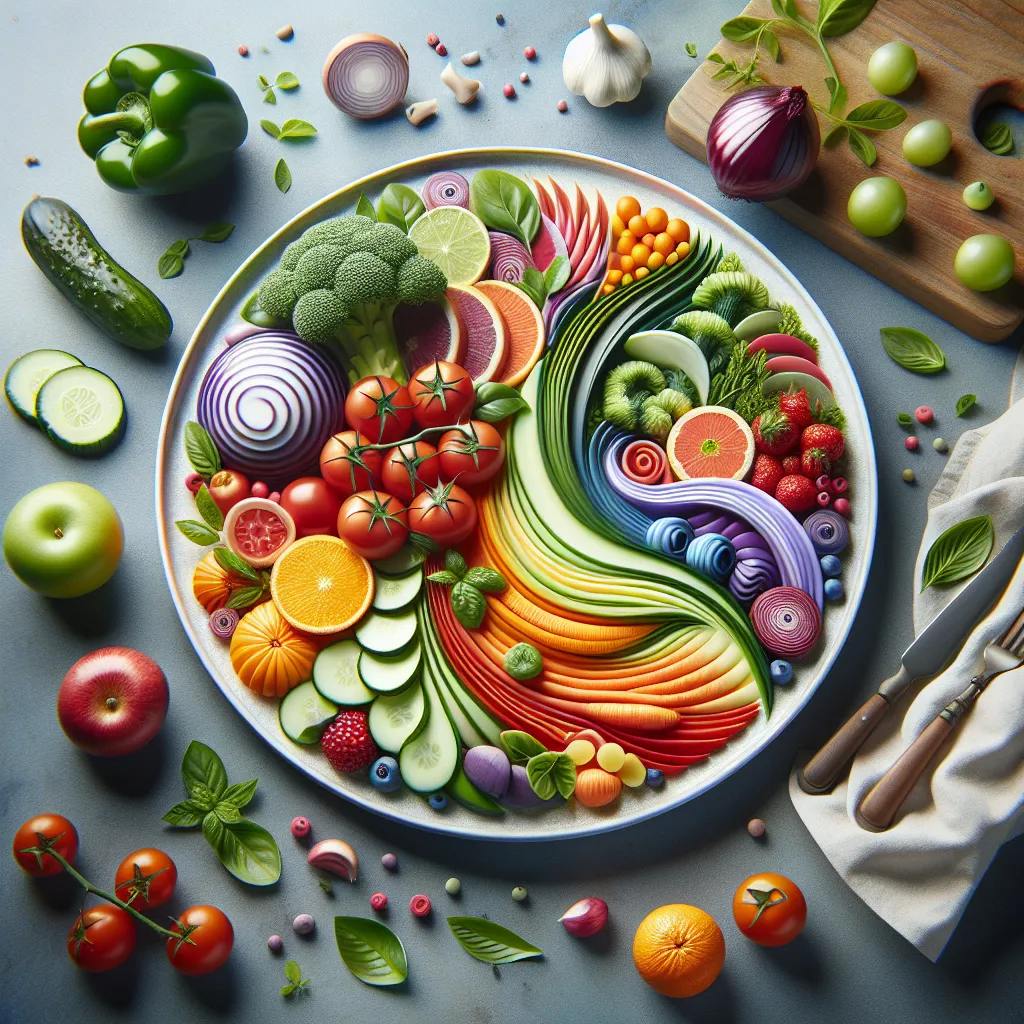Mastering the Basics of Meal Planning
When it comes to exploring the art of meal preparation, mastering the basics of meal planning is essential. Meal planning involves making a detailed list of meals to be prepared over a specific period, typically a week. This process not only helps in organizing the cooking schedule but also ensures that the necessary ingredients are available, reducing the last-minute hassle.
Mastering the basics of meal planning begins with understanding the dietary preferences and requirements of the individuals for whom the meals are being prepared. It’s important to consider factors such as nutritional balance, variety, and portion sizes while planning the meals. Additionally, taking stock of pantry supplies and perishable items helps in creating a comprehensive shopping list.
Furthermore, effective meal planning involves identifying versatile ingredients that can be used in multiple dishes, thus streamlining the cooking process and minimizing waste. Embracing a flexible approach to meal planning allows for adjustments based on unexpected events or changes in schedule.
By mastering the basics of meal planning, individuals can not only save time and effort but also promote healthier eating habits and reduce food waste, making the entire meal preparation process more efficient and enjoyable.
The Science Behind Flavor Optimization in Cooking
When it comes to the art of meal preparation, one crucial aspect that often gets overlooked is the science behind flavor optimization in cooking. The ability to create delicious and well-balanced flavors is not just a matter of guesswork or following a recipe, but it involves an understanding of the chemical reactions and sensory perceptions that take place during cooking.
At the core of flavor optimization is the concept of taste, which is experienced through the combined senses of taste and smell. The taste buds on our tongue are capable of identifying five primary tastes: sweet, salty, sour, bitter, and umami. Meanwhile, our sense of smell can detect a myriad of aroma compounds, contributing to the overall flavor experience.
Understanding the chemical components of ingredients is also essential for flavor optimization. For example, the Maillard reaction, which occurs when proteins and sugars are heated together, is responsible for creating the complex flavors and aromas in seared meats, baked goods, and roasted vegetables. Furthermore, the balance of acidity and sweetness, as well as the manipulation of fat content, can greatly impact the overall flavor profile of a dish.
Additionally, the concept of flavor pairing, based on the idea that ingredients sharing common flavor compounds complement each other, can be leveraged to create harmonious flavor profiles. This approach, backed by scientific research, enables chefs and home cooks to experiment with unconventional yet delightful flavor combinations.
In conclusion, the science behind flavor optimization is a fascinating and essential aspect of meal preparation. By understanding the chemical reactions, taste perception, and flavor pairings, individuals can elevate their cooking skills and create more enjoyable and memorable dining experiences.
Elevating Everyday Ingredients for Delightful Dishes
Exploring the art of meal preparation can be a delightful and rewarding experience, especially when it involves elevating everyday ingredients to create extraordinary dishes. One of the key aspects of this culinary endeavor is the ability to transform simple, common ingredients into something truly special through the use of various cooking techniques and creative flavor combinations.
By carefully selecting and showcasing the inherent qualities of each ingredient, whether it’s a humble carrot or a basic cut of chicken, home cooks and professional chefs alike can unlock a world of flavors and textures that might otherwise go unnoticed. Take, for example, the process of caramelizing onions – a seemingly ordinary ingredient that, when slow-cooked to golden perfection, develops a deep, rich sweetness that can elevate the taste of an entire dish.
Furthermore, the art of meal preparation involves the skillful use of herbs, spices, and other seasonings to enhance the natural profiles of ingredients. A simple sprinkle of fresh herbs like thyme or rosemary can add layers of complexity to a dish, while a pinch of carefully selected spice blend can transport the taste buds to distant lands.
Additionally, exploring different cooking methods such as grilling, roasting, or braising can work wonders in bringing out the best in everyday ingredients. The Maillard reaction that occurs during grilling, for instance, creates irresistible umami flavors in meats and vegetables, while slow roasting can turn ordinary tomatoes into a concentrated burst of savory sweetness.
In the world of culinary arts, the potential to elevate everyday ingredients for delightful dishes is limited only by one’s creativity and willingness to experiment. Through mindful selection, thoughtful preparation, and a touch of culinary magic, the simplest of ingredients can become the stars of a truly memorable meal.
Unlocking Creativity in the Kitchen
Exploring the art of meal preparation goes beyond just cooking – it’s a form of creative expression that allows individuals to unlock their creativity in the kitchen. The process of preparing a meal offers a canvas for innovation, experimentation, and personalization, making it a unique and fulfilling experience for many. Embracing creativity in the kitchen involves exploring diverse ingredients, flavors, and techniques to craft dishes that not only nourish the body but also delight the senses.
Utilizing fresh, seasonal produce provides an opportunity to experiment with various colors, textures, and flavors, empowering individuals to create visually appealing and nutritionally balanced meals. Additionally, incorporating different cultural influences and culinary traditions can further enrich the creative process, inspiring individuals to blend and adapt recipes to suit their preferences and dietary needs.
Furthermore, unlocking creativity in the kitchen involves embracing improvisation and flexibility. While recipes offer guidance, they can also serve as a starting point for culinary exploration. Adjusting ingredient quantities, substituting components, and adding personal twists can lead to the development of unique and innovative dishes, reflective of individual tastes and creativity.
In essence, exploring the art of meal preparation is an avenue for individuals to unleash their creativity, offering a platform for self-expression and culinary innovation. By embracing diverse ingredients, flavors, and techniques, individuals can elevate their cooking experience, resulting in personalized, imaginative, and gratifying culinary creations.



